The 10 Best Practices For Tailoring Your Dog’s Walking Routine
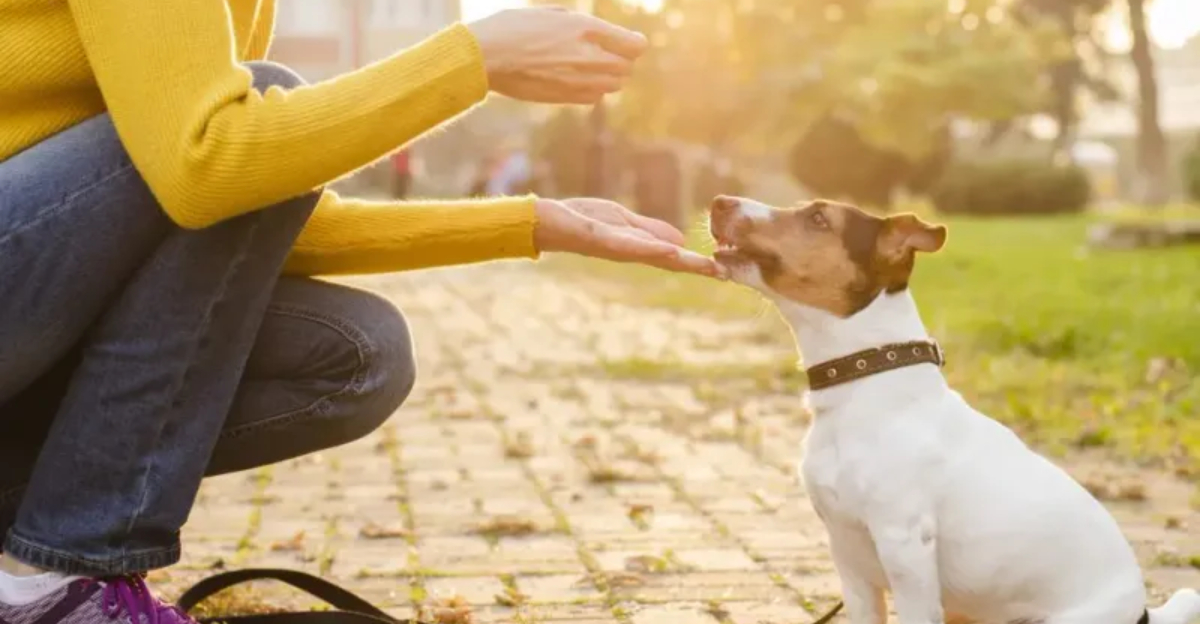
Walking your dog isn’t just about attaching a leash and heading out the door. It requires thought and customization to ensure both you and your canine companion enjoy every outing.
Read on for tips that balance fun, fitness, and bonding, making every walk an adventure for you and your furry friend.
1. Understanding Your Dog’s Breed

Each dog breed comes with its own set of traits and energy levels.
A Chihuahua might be content with a short stroll, while a Border Collie needs more action. Understanding these differences ensures your dog gets the right amount of exercise.
Tailoring the walk to your dog’s breed helps prevent behavioral issues. It provides them with appropriate physical and mental stimulation.
Breed-specific routines promote a happier, healthier dog, making your walks more enjoyable for both of you.
2. Balancing Rest And Activity
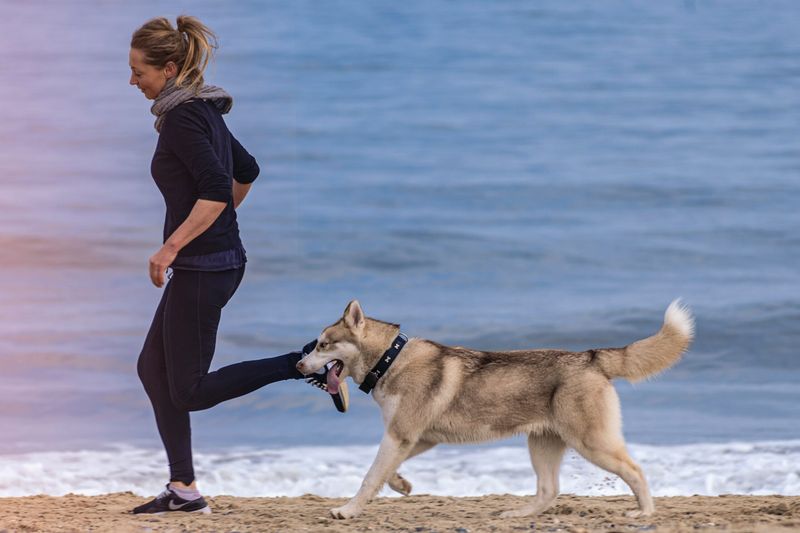
Striking a balance between rest and activity is crucial for your dog’s well-being. Over-exercising can lead to fatigue, while under-exercising may result in pent-up energy.
This balance varies with age, health, and breed. Pay attention to your dog’s cues; if they seem tired or reluctant, scale back.
A well-rested dog is more eager for walks, ensuring the experience remains positive. Allow for both high-energy and leisurely walks in your routine.
3. Socialization Opportunities
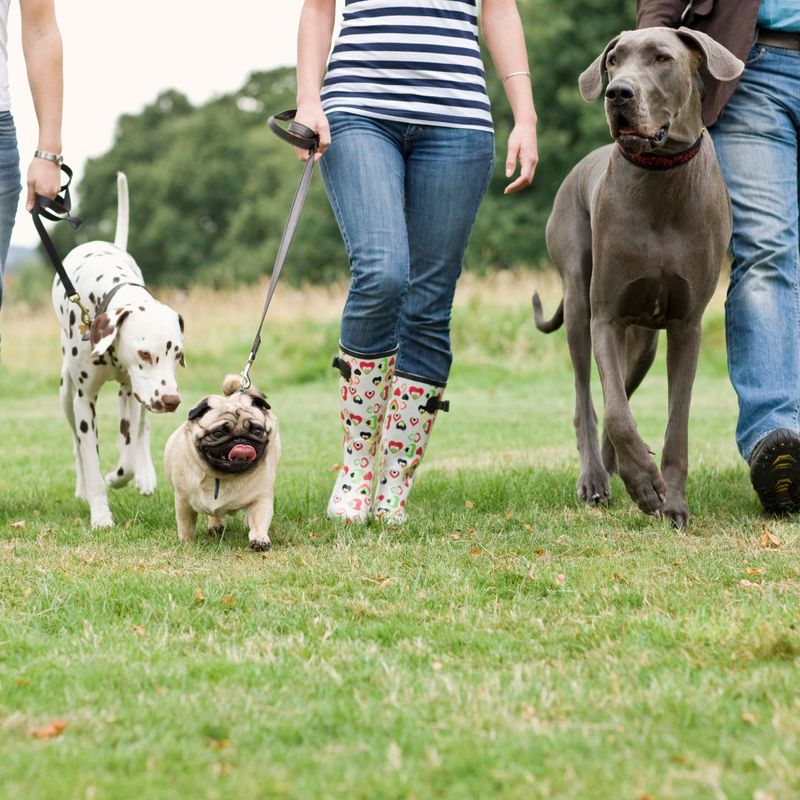
Socialization is key to a well-rounded dog. Walks provide an opportunity to meet other dogs and people, enhancing your pet’s social skills.
Introducing variety into these interactions prevents boredom and enriches your dog’s life. Regular meet-ups with other dogs can lead to lifelong friendships.
These social moments are as enriching as the physical exercise, making every outing an opportunity for growth.
4. Mental Enrichment And Exploration
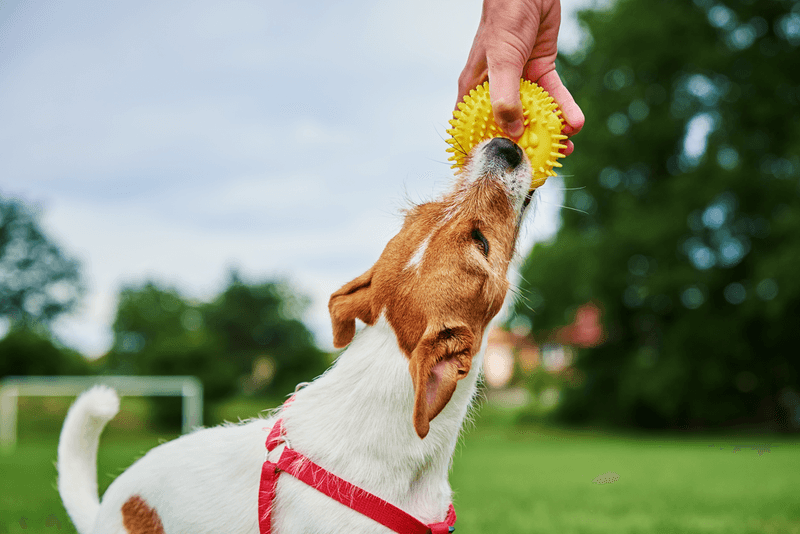
Walks are more than just physical exercise; they’re avenues for mental enrichment. Allow your dog to explore, sniff, and discover new scents.
These activities stimulate your dog’s brain and satisfy their natural instincts. Encouraging exploration keeps your dog mentally sharp and prevents boredom.
Incorporating puzzle toys or treats during walks can add an extra layer of fun and challenge.
5. Incorporating Play And Training
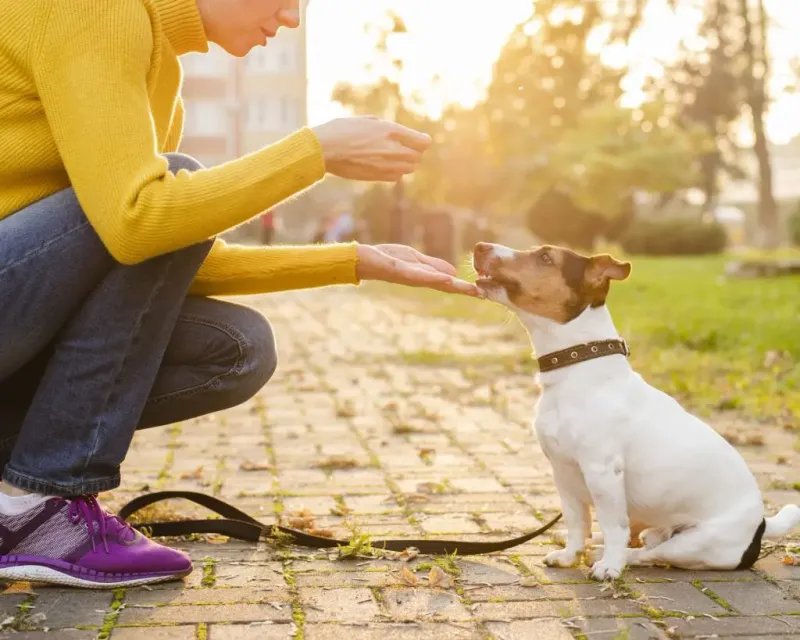
Integrating play and training into your walks can transform them into multi-faceted adventures. Fetch, tug-of-war, or hide and seek can add excitement and exercise.
Training during walks reinforces commands in a real-world setting, enhancing obedience and focus. These playful elements strengthen your bond and make walks something your dog looks forward to.
Plus, it’s a great way to tire out an energetic pup.
6. Varying Walk Routes
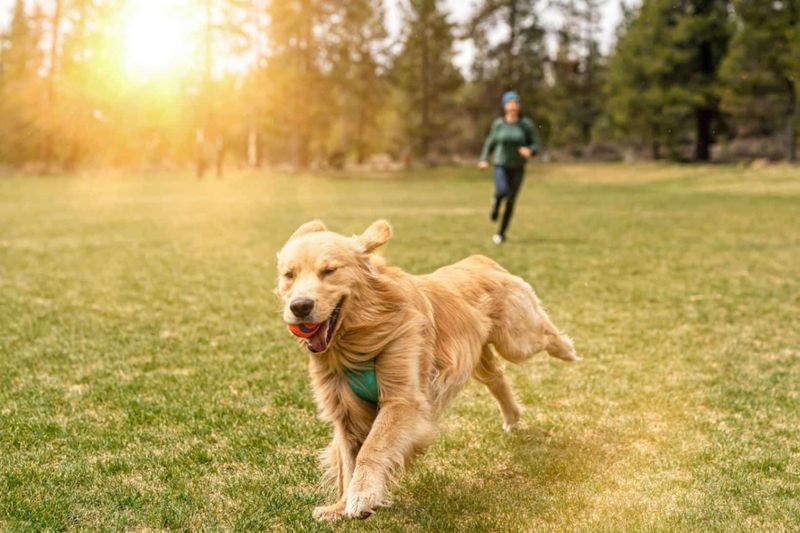
Variety is the spice of life, and this applies to your dog’s walks too. Changing routes keeps things interesting and stimulating for your pup.
Different environments present new sights, sounds, and smells, preventing monotony. This variation not only keeps your dog engaged but also helps with socialization and adaptability.
From city streets to countryside trails, diversity enriches your dog’s experiences.
7. Time Slot And Consistency
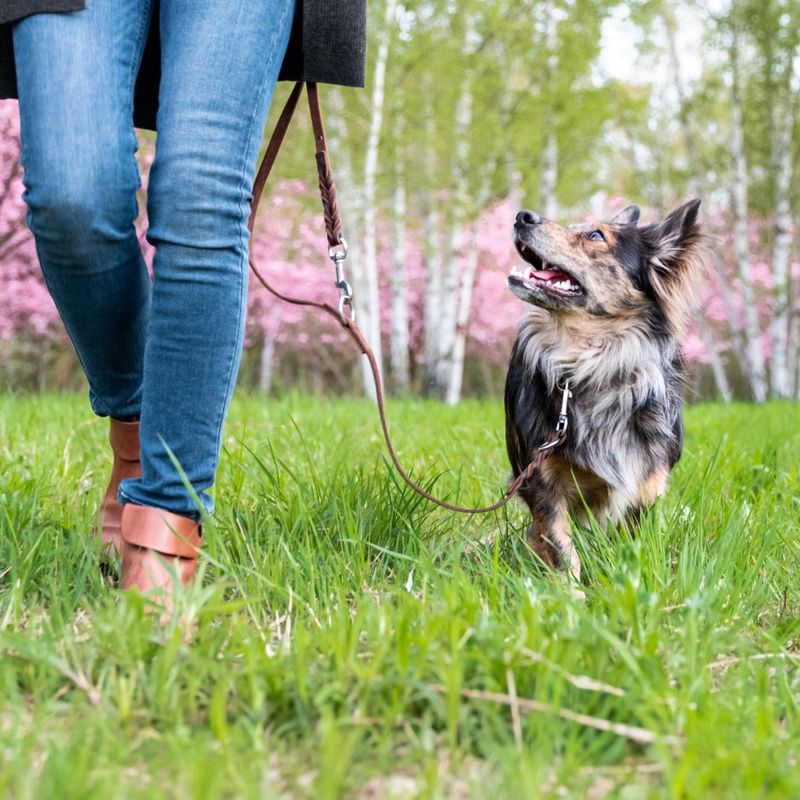
Consistency in your dog’s walking routine helps establish positive habits. Choosing a regular time slot creates a predictable schedule, reducing anxiety for your pup.
Morning or evening, sticking to a routine increases anticipation and readiness for walks. Adjust times according to weather and your dog’s needs for optimal comfort.
This structured approach also aids in better behavior and health outcomes.
8. Monitoring Your Dog’s Weight And Condition

Regularly monitoring your dog’s weight and condition is vital to tailor their walking routine. Overweight dogs may need more exercise, while underweight dogs might require less strenuous activity.
Keep an eye on your dog’s physique and energy levels. Adjust walks to support a healthy weight, consulting your vet if needed.
This attention ensures your dog remains fit and healthy, enjoying the full benefit of their exercise regimen.
9. Age And Health Considerations

A dog’s age and health play significant roles in their walking needs. Puppies and seniors require different paces and distances compared to adult dogs.
Consideration of their health conditions, such as arthritis or other ailments, is essential. Tailor each walk to accommodate these factors, ensuring comfort and safety.
This thoughtful approach promotes longevity and happiness in your furry companion.
10. Weather And Environmental Factors

Weather can greatly influence your dog’s walking routine. Hot summers or cold winters demand adjustments to prevent discomfort or health risks.
Select appropriate gear, like coats or booties, and choose cooler times for walks during extreme weather. Environmental factors, like allergens or pollutants, also require attention.
Being mindful of these ensures your dog’s safety and enjoyment during walks, rain or shine.






